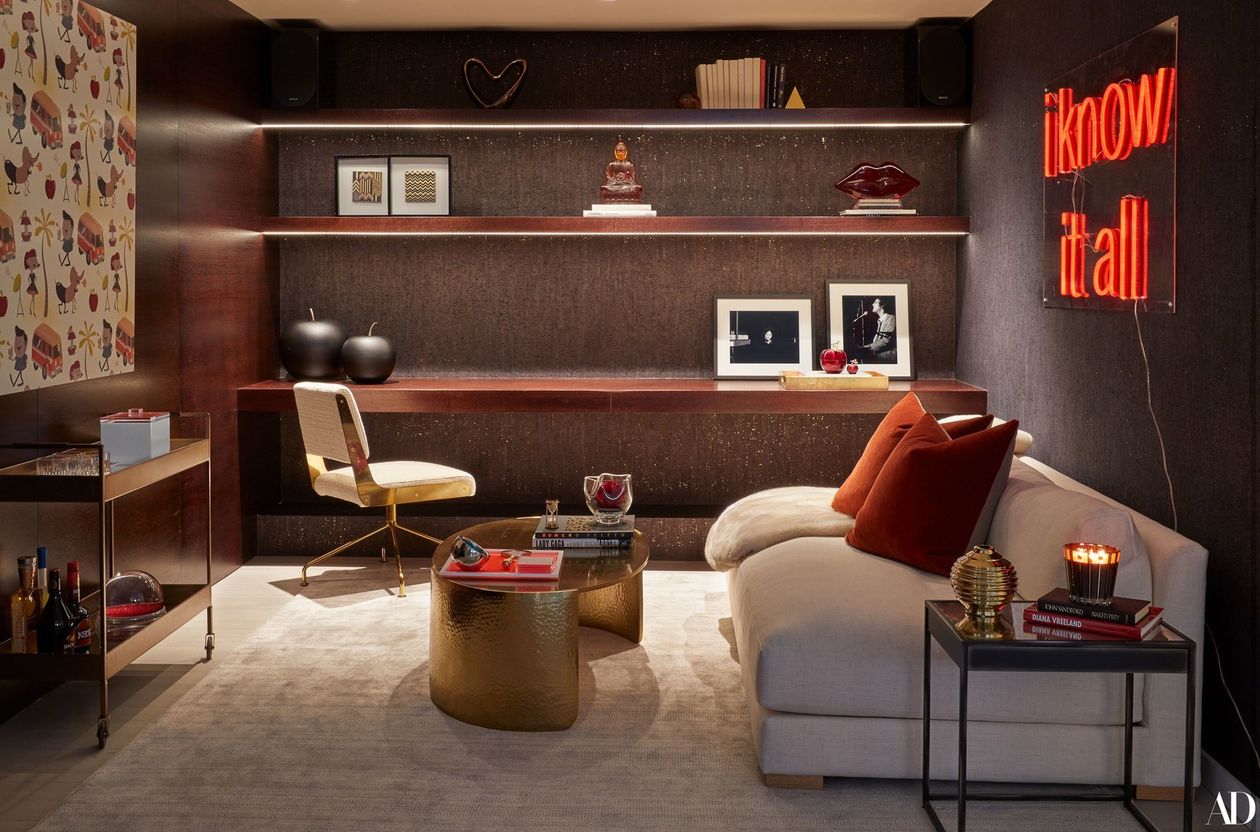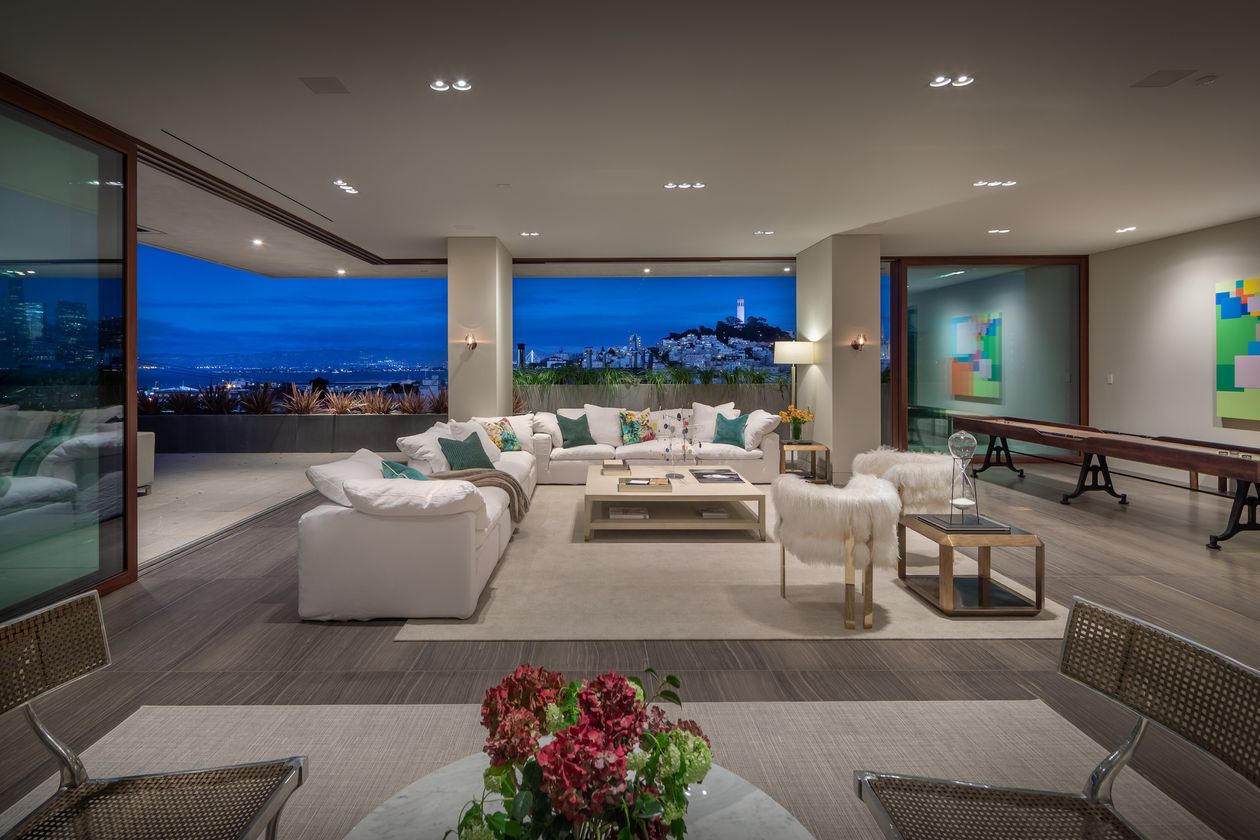Preserving energy is not only positive for the environment, but it can save you money as well. Solar shades lock in heat during the winter months and keep hot air out during the summer, which can ultimately lower energy bills. LED light bulbs use up to 90% less power than the standard incandescent bulbs and also have a much longer lifespan. A smart heating and cooling system, such as Nest, learns your habits and is able to adjust in order to conserve energy.
Using sustainable materials (e.g. reclaimed and recycled wood, metal, bamboo, cork, cotton, wool) will give the home a longer life spans. When purchasing these materials, understand where they are being produced and opt for locally sourced materials when possible.
We frequently use rugs made from sisal, cotton and wool because they are sustainable, durable, stylish and add texture. We also use cork wallpaper, the texture instantly elevates a space and also works great for an accent wall. It is important to remember that sustainability pertains to the energy levels required throughout the entire lifespan of a product; refinishing instead of replacing, especially when it comes to flooring, is a great way to be mindful of this.
In order to minimize dust and maintain the highest level of air quality, we do not install wall-to-wall carpeting, and instead prefer natural, easily cleanable surfaces. Wood flooring and natural stone, for example, accomplish this while adding character and a heightened sense of quality and durability. When we use area rugs, we prefer woven rugs with natural materials, such as silk or wool.
Large, sliding glass doors and windows allow for expansive views, natural ventilation and a seamless connection between the indoor and outdoor environments. They also provide ample daylight, fresh air and connection to nature via the lush garden landscape.
Bringing plants and other forms of nature indoors is an important part of biophilic design. The more you can integrate aspects of nature into your space, the more you can blur the distinction between indoors and outdoors, creating unique and genuine flows of light, air, water and energy throughout the home.
Source: Jennifer Tzeses



